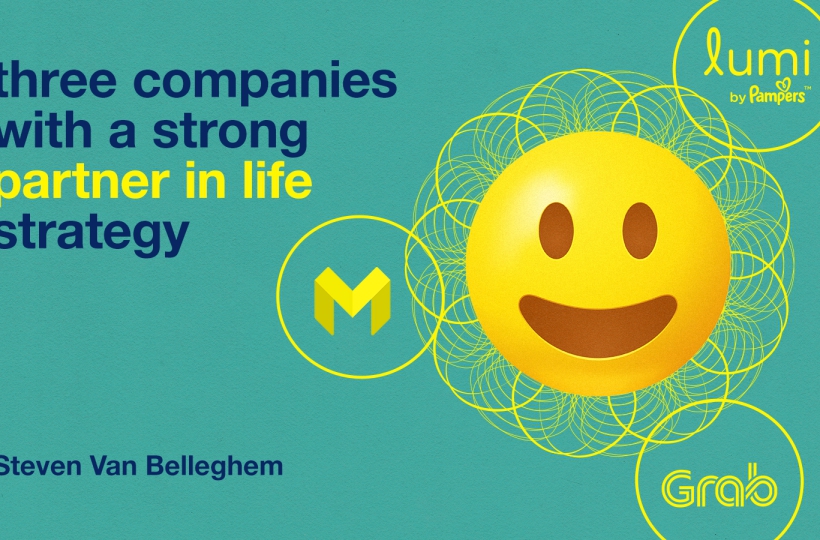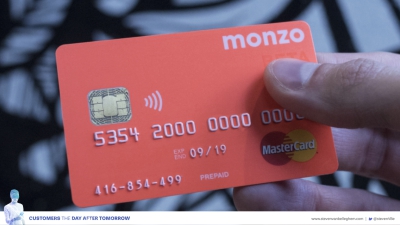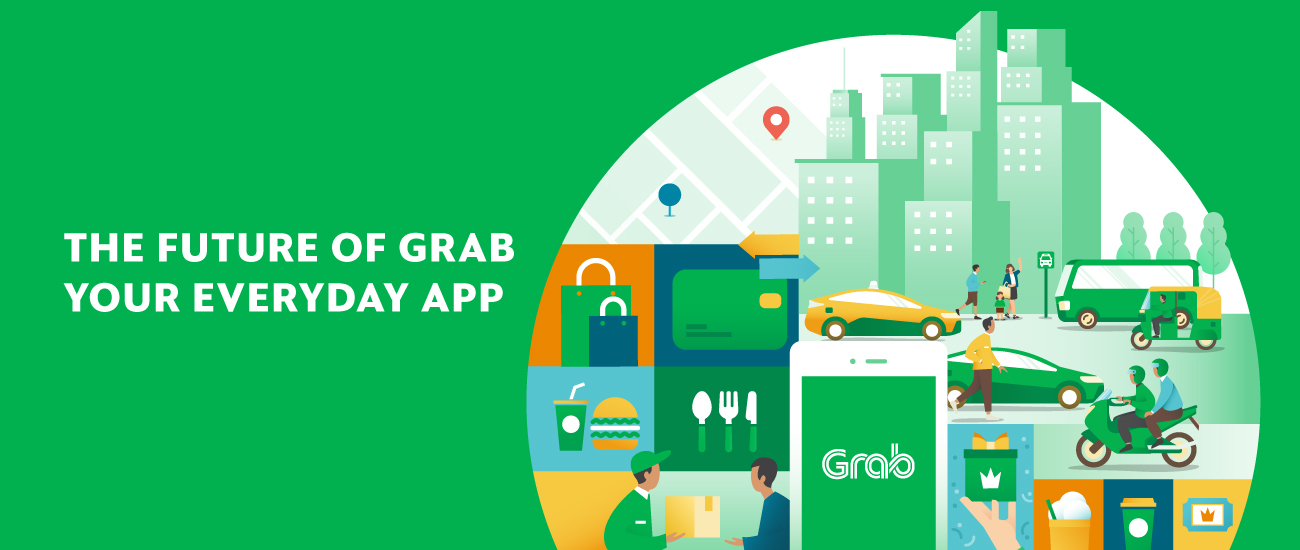Three companies with a great partner in life strategy

Monzo takes away worries and frustrations
Recent years have seen the emergence of a large number of neo-banks. These new, smaller and generally more innovative banks have taken the market by storm, a success that is usually based on a strong digital and highly user-friendly offer. Monzo is one of the top five fastest growers in this segment. In January 2019, Monzo had roughly one million customers. Twelve months later, that figure had risen to 3.6 million. Other neo-banks, like Revolut and N26, have enjoyed similarly spectacular growth. So what makes this kind of bank so attractive to the market?
A quick glance at the Monzo website makes the secret of their success crystal clear. The team at Monzo first made a summary of all the frustrations, problems and ambitions that people have with regard to their daily finances. After that, the bank formulated a product offer that addresses each and every one of these concerns. In other words, Monzo has not made the difference by simply investing in a good customer journey, but by understanding the financial life journey of its customers.
People who live from pay cheque to pay cheque are often worried about their financial health. Monzo tries to deal with the stress that this can cause. If you agree for your pay to be deposited with the bank, they make sure that the money is in your account 24 hours earlier than usual. In other words, you get 24 hours of free credit.
And if you live from pay cheque to pay cheque, spending too much can also be a major stress factor, often because you haven’t got enough money to buy even the necessities of life during the last few days of the month. Once again, Monzo is there to help. They have developed their Salary Sorter. When your pay is deposited into your account, it is divided up into three portfolios. In the first, sufficient money is set to one side to cover all the obligatory monthly costs (rent, electricity, food, etc.). In the (optional) second, money can be set aside for savings. Whatever is left over goes into the third portfolio, which is available for the customer’s free use. Of course, the customer retains at all times the right to decide what he spends, but these tools help to give a clearer picture of his or her financial position. As a result, the likelihood that someone will spend too much in any given month is significantly reduced, allowing them to make it through to the end of the month with much less stress and worry. It is a kind of automated self-protection.
Customers are also provided with a monthly summary of their outgoings. After a number of months, Monzo is usually able to see the emergence of a pattern. If your expenditure at the start of a month exceeds this pattern, the bank will send you a friendly message. This clear and early form of communication hopefully makes it possible for the customer to adjust, so that the end of the month can again be reached without any major problems.
Monzo did not say: ‘How can we make our tools as easy to use as possible?’ No, Monzo said: ‘What emotions and concerns are important in the lives of our customers?’ And once Monzo understood what really matters to the people behind those customers, it formulated its product offer accordingly.
Lumi by Pampers
Perhaps you currently have a baby somewhere in your family? Perhaps it is your baby, and maybe even a first one? If so, congratulations! Many of us will remember the moment when we first took our newborn baby home. We will also remember what our main concerns were at that time.
Most of the concerns of new and inexperienced parents centre on the basic aspects of life. Is our darling eating enough? Is he or she sleeping enough? Is he or she breathing while asleep? Are we changing nappies often enough? Sounds familiar? We even had friends who used an Excel spreadsheet to chart and monitor all these essential elements in their baby’s young life.
Lumi, a sub-brand of Pampers, responds to parental worries of this kind in a smart way. It has mapped out these worries and developed a solution to eliminate them. Lumi provides parents with a smart nappy, a sleep tracker, a smart camera and an app, which together provide anxious mums and dads with all the information they need in a clear manner. As a result, the parents know how much their child is sleeping, whether that sleep was peaceful or disturbed, how often the child relieved itself, etc. Pampers could have decided simply to bring smart nappies to market, but a smart nappy only tells parents when the child needs a fresh one. By providing a more broad-based solution to parental concerns, Pampers has become a partner in the life of young parents.
P&G (the mother company of Pampers) also benefits significantly from this approach. The relevant data that P&G collects is very useful for further boosting its own efficiency. For example, it is possible to buy the smart nappies online via the Lumi platform. In this way, the customer no longer needs to go to the supermarket to pick up a new box, while at the same time P&G is able to build up a direct relationship with the end user. As a result, Pampers knows exactly how many nappies you use, so that the company can offer you a new supply at exactly the right moment. It is also able to follow how your child is growing, so that it can provide you with the right nappies for each phase of your child’s development.
In short, the Lumi concept results in a clear win-win situation. The consumer benefits from greater peace of mind. P&G can benefit from increased direct sales and greater operational efficiency, thanks to the data it collects.
Grab
Grab was founded in 2012 and has its headquarters in Singapore. Initially, the company was a kind of South Asian version of Uber, with a focus on innovative taxi services. In the intervening years, Grab has evolved into a partner in life for many of its customers. It is a fine example of a company that has combined each of the four above-mentioned strategies to create a strong platform that now forms part of the daily lives of more than 600 million users.
In its early years, Grab focused successfully on mobility. Right for the very start, it specialised in the provision of services. It did not sell cars. It sold movement from A to B. In 2018, Grab’s success even forced its main rival, Uber, to leave the South-East Asian market.
It was also in 2018 that Grab decided to broaden its services to include food delivery, travel reservations, financial services and even the purchase of people’s daily shopping. As a result, by the end of that year, the company’s turnover had risen to one billion American dollars. Thanks to this expansion of its offer, Grab can now meet more or less all the everyday needs of its customers (food, mobility, money). In short, Grab provides people with a total solution. By leaving its core, the company has become a true partner in life.
Grab has been successful in this transformation thanks in part to its ability to create an ecosystem of partner companies. Many thousands of local traders can sell their products or food on Grab. Grab takes care of the promotion and the logistics, while the partners take care of the actual production of what is sold. Moreover, there are many aspects of the Grab platform that Grab did not develop itself. Instead, it opted for smart partnerships with companies like MasterCard, Toyota and Microsoft, seeing this as the best way to expand its offer in a quick and high-quality manner.


